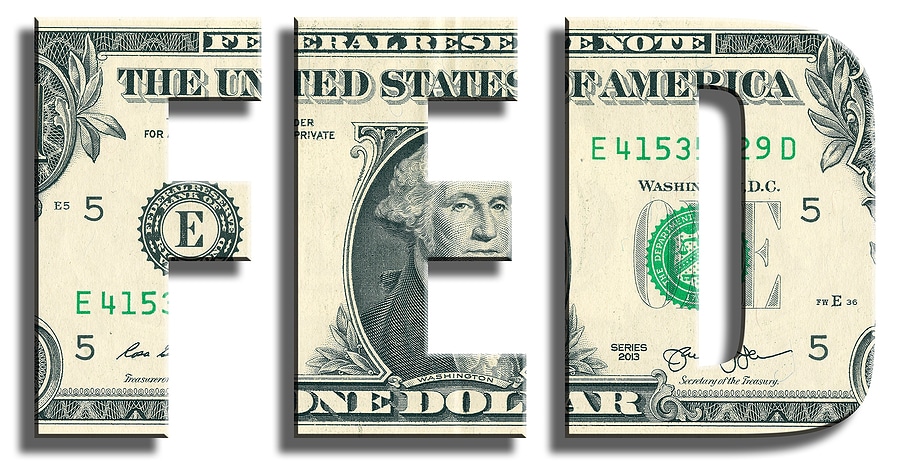Precious metal surpassed its prior record of $2,708.70 an ounce set in late September
Gold futures hit a fresh record as geopolitical tensions simmer and economic uncertainty mounts, and they look set to climb even higher.
Continuous gold futures on the New York Mercantile Exchange rose 0.75% to $2,727.90 a troy ounce in European midday trading, having reached as high as $2,729.30 earlier in the session.
The precious metal has been on a tear in recent days, climbing more than 3% in the past week and finally surpassing its prior record of $2,708.70 an ounce set in late September.
“Gold is likely to perform well over the long term, driven by several key trends: the ongoing debasement of the U.S. dollar, the precarious fiscal situations of many Western nations, and the global desire for a store of value independent of other assets and institutions,” said Ryan McIntyre, managing partner at asset manager Sprott.
Physical demand for gold—as opposed to investor demand—has likely been weak, given its elevated price levels and strong recent gains, Macquarie analysts said in a note. Instead, hedge funds have driven most of the action. Global gold exchange-traded funds added an additional 5% over September to bring gold assets under management to a month-end peak of $271 billion, with North American funds contributing the most, according to a recent report from the World Gold Council.
Challenging fiscal outlooks across developed markets are presently a key structurally bullish market feature for gold—and the upcoming U.S. election evidently contributes to uncertainty on that front, Macquarie analysts said.
Economic uncertainty is a prevailing factor, agreed Sprott’s McIntyre. Both U.S. presidential candidates Kamala Harris and Donald Trump are likely to be favorable for gold prices, as fiscal irresponsibility is expected to persist in either case, McIntyre said.
Consistently strong U.S. labor-market data has damped hopes for another jumbo Federal Reserve interest-rate cut, but the market is still pricing in smaller rate cuts before the end of the year—typically a boon for non-interest bearing bullion, as it lowers the opportunity cost, McIntyre said.
Elsewhere, safe-haven demand amid heightened geopolitical risks and U.S. election uncertainty are keeping gold well-supported, ING analysts said in a note.
Traders are seeking safety in bullion after Israel said it killed Hamas leader Yahya Sinwar late Thursday, marking a potential turning point in the war, ING said. Israeli Prime Minister Benjamin Netanyahu said the country would keep fighting until all of the hostages captured in the Oct. 7 attack last year are freed, though he is likely to face increased pressure from the U.S. and domestically to end the military offensive and reach a deal.
BMI analysts said they are neutral to bullish toward gold for the end of 2024 through to the first quarter of 2025, as prices receive support from the Fed’s rate cuts and high levels of geopolitical tension. BMI expects spot gold prices to trade within the range of $2,500-$2,800 an ounce in the coming months.
Private investors are continuing to take profit at these record high levels, but the pace of liquidations are far from a rush—because investors aren’t selling as fast as prices rise, said Adrian Ash, director of research at online precious metals marketplace BullionVault.
“The measured pace of net selling overall shows that investors remain confident in gold’s long-term outlook,” Ash said.
Read the full article HERE.


